Introduction
The switch to renewable energy is more crucial than ever as the globe grapples with the pressing issue of climate change. Building a green, safe, and cheap energy future is dependent on renewable energy sources including solar, wind, hydropower, geothermal, and bioenergy. This blog article will discuss the significance and power of Renewable Energy as well as its advantages, drawbacks, and potential remedies.
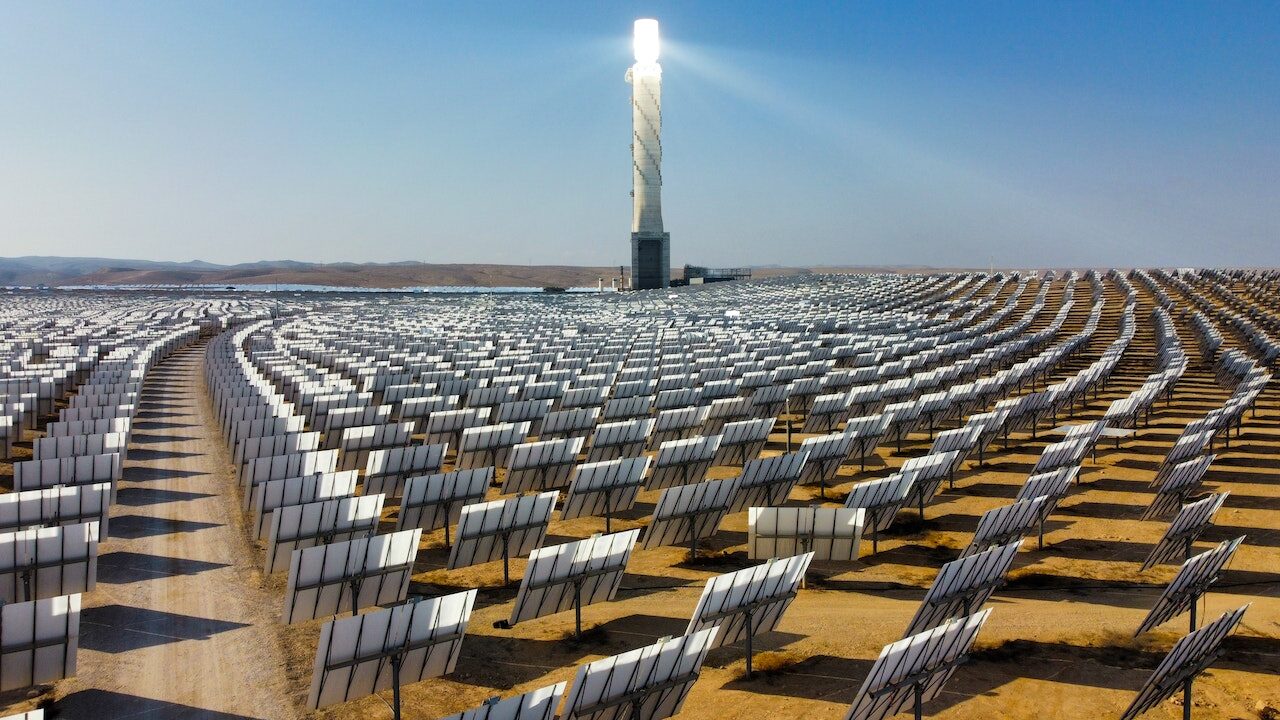
The Benefits of Renewable Energy
Utilizing renewable energy sources like solar, wind, hydro, and geothermal power has a number of advantages. For starters, they don’t emit damaging greenhouse gases that fuel climate change. Furthermore, unlike finite resources like fossil fuels, which will eventually run out, renewable energy sources are unstoppable.
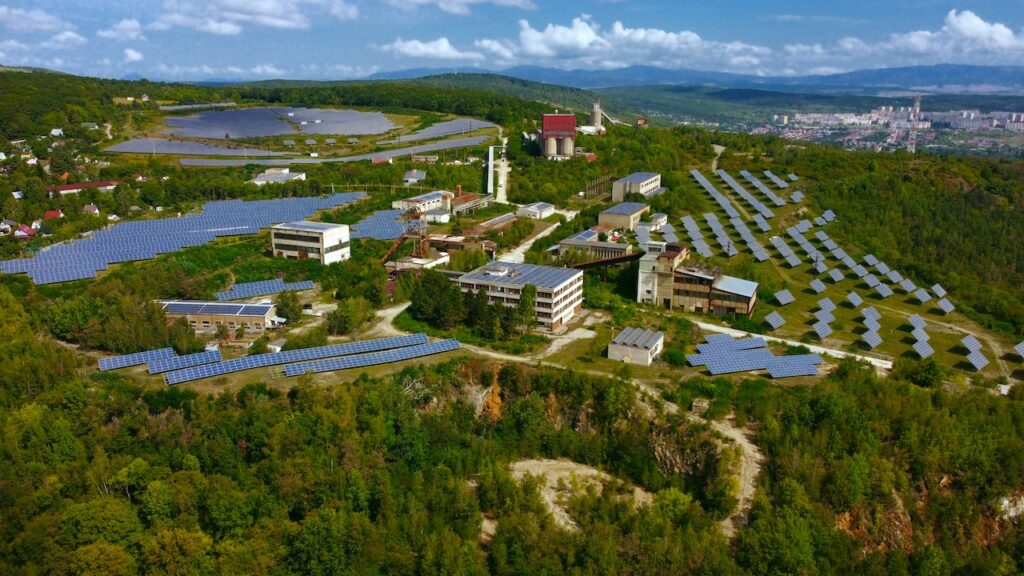
Greater energy security is also provided by renewable energy sources because they are less impacted by geopolitical unrest and price fluctuations than oil and gas. Additionally, because they can be built in a distributed manner, energy can be produced close to where it is needed, reducing the need for long-distance transmission lines and fostering energy independence.
Finally, compared to conventional fossil fuels, renewable energy sources may be more cost-effective. Renewable energy systems may have greater upfront expenses, but they frequently have lower operating costs over time, which can result in significant savings for consumers.
Challenges of Renewable Energy:
Even though renewable energy has many advantages, it also has drawbacks like intermittency, energy storage, transmission, impacts on land use, and wildlife. But by creating energy storage systems, smart grid technology, and creative land-use planning, these difficulties are being overcome. Additionally, wildlife impacts, such as bird and bat collisions, can be reduced through the design and operation of renewable energy sources.
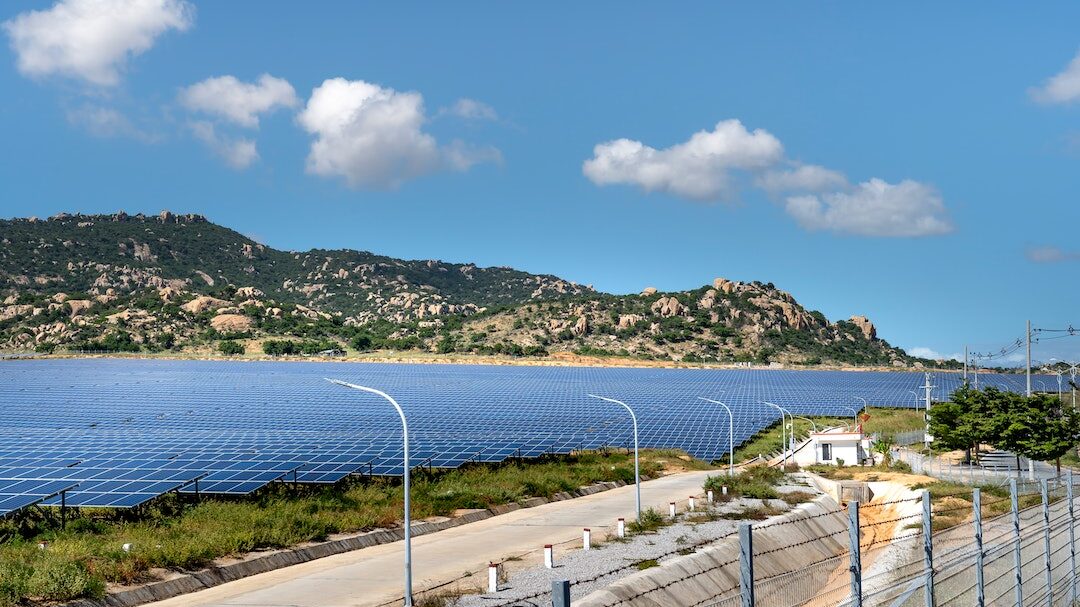
Solar Energy:
One of the renewable energy sources with the quickest rate of growth, solar energy has the capacity to supply all of the world’s energy needs. The function of solar energy, its advantages, and its potential to alter the energy landscape will all be covered in this section.
Wind Energy:
Another renewable energy source that is expanding quickly and has the potential to meet a sizable amount of the world’s electrical demands is wind energy. We will discuss how wind energy works, its benefits, and its challenges, including intermittency and bird impacts.
We’ll go over the workings of wind energy, its advantages, and its drawbacks, such as its erratic nature and bird impacts.
Hydropower:
Hydropower has long been a significant source of renewable energy, but it still has problems with community concerns, ecosystem effects, and dam safety. We’ll examine the benefits, limitations, and potential solutions associated with hydropower.se issues.
Geothermal Energy:
Geothermal energy uses the heat from the earth’s interior to generate both heat and electricity. We will look at geothermal energy’s advantages and drawbacks, including its potential to supply baseload power and its effects on geothermal resources.
Bioenergy:
Bioenergy generates energy from biological materials like trash, plants, and wood. We’ll talk about the advantages and drawbacks of bioenergy, including its ability to cut emissions and waste as well as its effects on biodiversity and land usage.
Government and Private Sector Support:
By providing funding, incentives, and regulatory support, governments and private investors play a crucial part in promoting the development of renewable energy sources. We will go over the ways in which these organizations can promote renewable energy and showcase some instances of effective renewable energy programs and regulations.
Renewable Energy Around the World
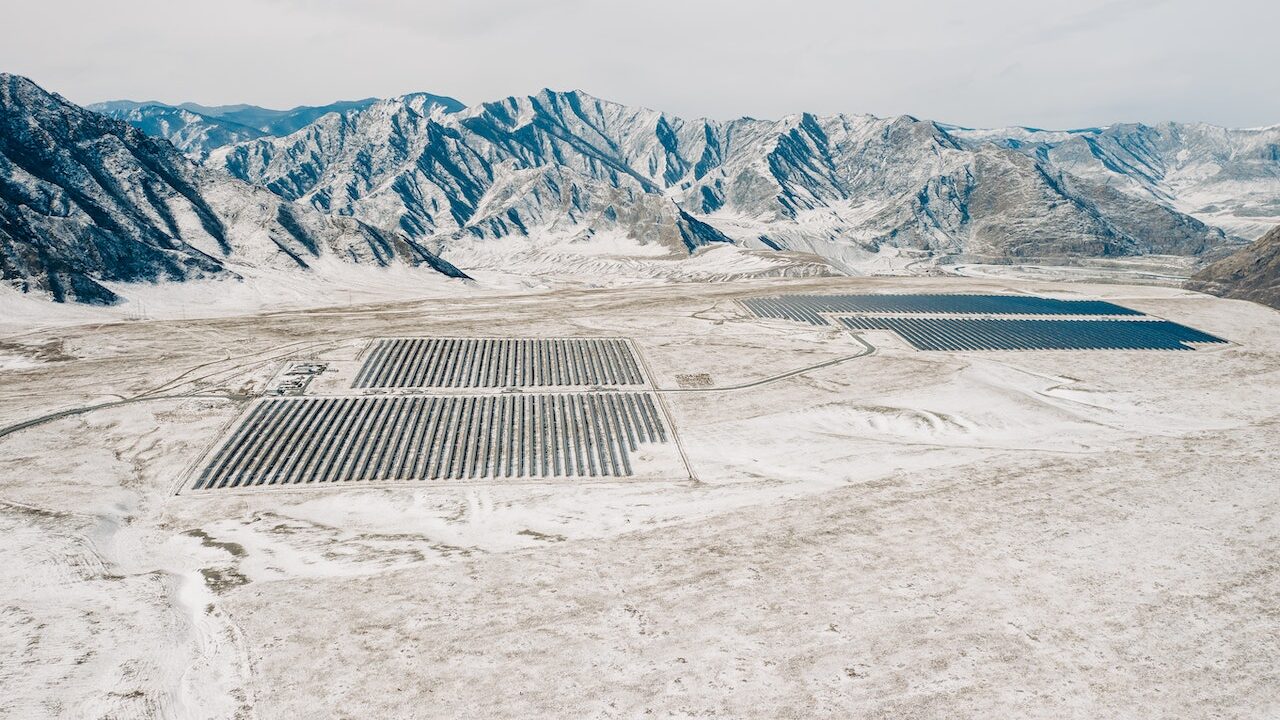
Renewable energy is already making significant strides around the world. In reality, the International Energy Agency (IEA) estimates that about 90% of the additional power capacity added globally in 2021 came from renewable sources.

With more than 900 GW of installed renewable energy capacity as of 2021, China is the world’s largest producer of this type of electricity. Other nations have also made sizable investments in renewable energy, with a focus on wind and solar energy, including Germany, Denmark, and Spain.
In the United States, the capacity for renewable energy has expanded quickly in recent years, with wind and solar power making up more than 70% of the additional capacity added in 2021. Additionally, many American cities and states have set ambitious renewable energy goals, such as California’s plan to achieve 100% clean energy by 2045.
Challenges and Solutions
Renewable energy has numerous advantages, but there are still issues that must be resolved. For starters, intermittent renewable energy sources could mean that they aren’t always accessible when needed. For energy systems that need consistent and predictable power supply, like hospitals or data centers, this can be extremely difficult.
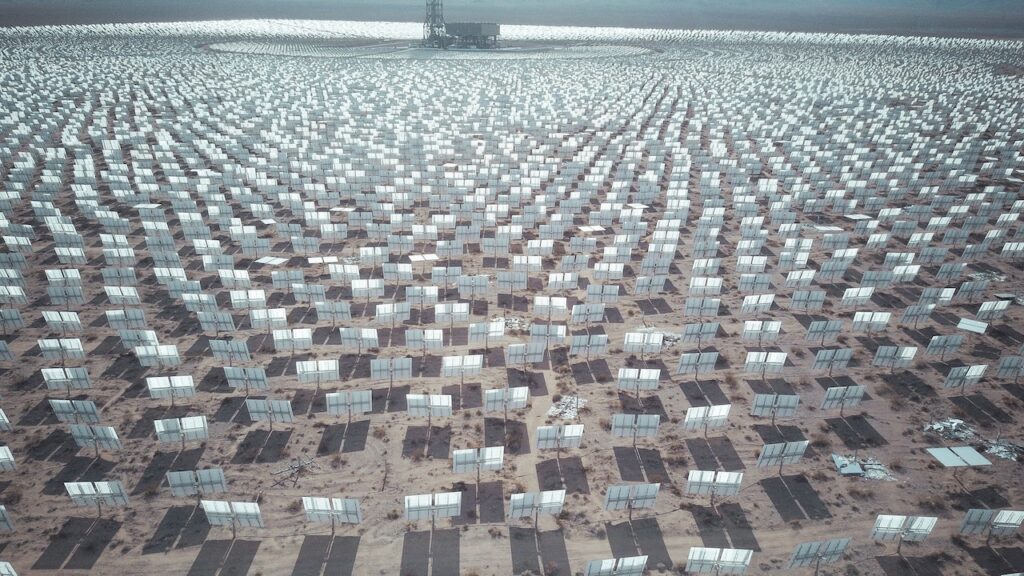
However, there are ways to overcome this difficulty. For instance, extra energy produced during periods of high production can be stored using energy storage systems like batteries, which can subsequently be utilized during periods of low production. Smart grid technology can also be used to automatically modify energy usage based on the availability of renewable energy, which helps to balance supply and demand.
The requirement for ongoing investment in the infrastructure for renewable energy sources is another problem. Even if the cost of renewable energy has dramatically declined recently, the infrastructure still needs to be built with a sizable upfront investment. By providing funding, incentives, and regulatory support, governments and private investors can play a significant part in promoting the development of renewable energy sources.
Conclusion
In conclusion, for a sustainable future, switching to renewable energy is essential. It is an effective way to stop climate change, advance energy security, and save money for customers. While there are obstacles to be overcome, such as intermittency and the requirement for ongoing infrastructure investment, there are also technologies like energy storage systems and smart grids that can help. By providing funding, incentives, and regulatory support, the government and private investors can play a crucial part in promoting the development of renewable energy. We can build a cleaner, more sustainable, and more secure energy future for ourselves and future generations by switching to renewable energy. It is time for us to take action and invest in the renewable energy sources that will power our world for years to come.



